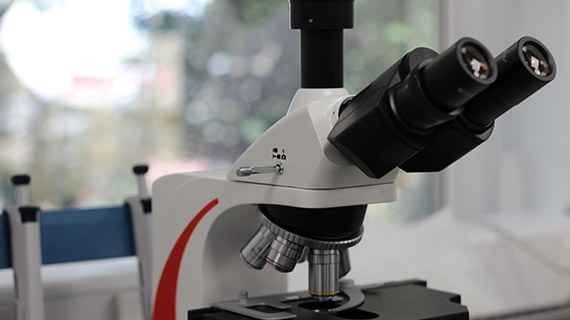
Stem Cell Research into Vitiligo
Vitiligo is a harmless condition that causes areas of the skin to lose pigmentation, resulting in blotchy white patches on the body. Although the problem is cosmetic, it does cause significant cultural and social issues among those who suffer from it.
Our research will explore ways in which vitiligo may be treated permanently by putting sheets of cultured cells on areas of pigment loss. Cells from a small sample of normal skin are grown in a laboratory, until there are enough to replace the cells from a large area of skin which has lost pigmentation, replenishing the pigment cells in this area.
We will also explore ways where cells of several different types may be grown together. This may allow us to create more and more complex tissues in the laboratory. It is important to study these constructs to better understand how our bodies work, and these studies may also pave the way towards replacing damaged tissues. In joints, for example, often worn joints are replaced with metal, plastic or ceramic components. Replacing the artificial joints with a more natural surface is an achievable goal, and research at the laboratory will contribute to the evolution of the science of biological regeneration.
Organs are complex structures designed to perform very specific functions in our bodies. The shape of the organ, the channels and the location of the specialised cells within the organ are critical to their function. Robots that can build these complex structures and apply cells to the structure are being developed by us and will be used in our laboratory.